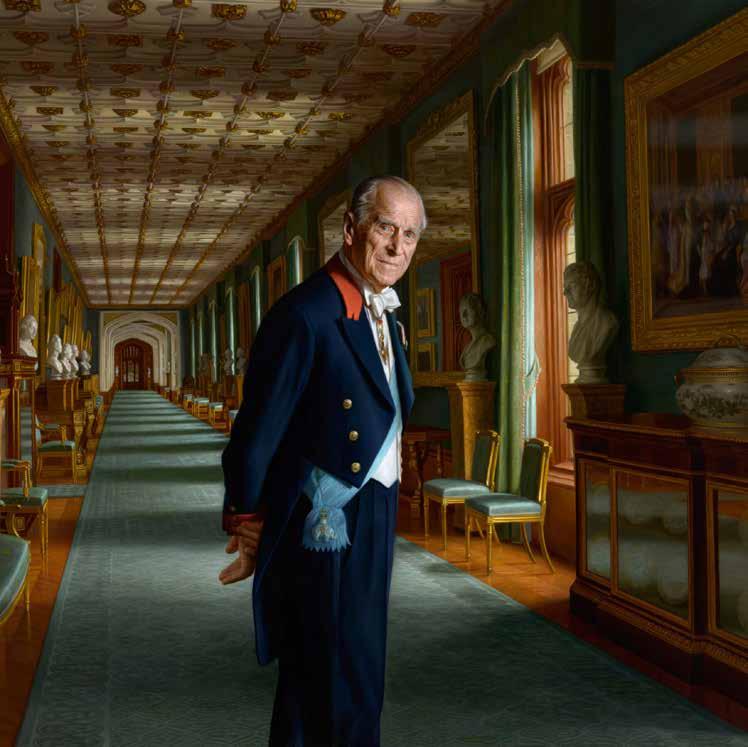
4 minute read
Prince Philip
1921 - 2021
THE MAN BEHIND THE CROWN
Press Association
After a lifetime of service to Queen and exiled from Corfu. Born on a kitchen table, albeit country, Prince Philip will not only be in a palatial villa, Prince Philip was the youngest, remembered as the longest serving consort in and only son, of five children for Prince Andrew of Greece and Denmark and Princess Alice of British royal history, but the man Battenberg. Philip remained a stateless who pledged allegiance of life and immigrant while he was educated in limb to Queen Elizabeth II, with a multi-faceted, unconventional character who was enthusiastic about life and lived it full of endeavour. Change does not change tradition, it strengthens it. Change is a challenge and an opportunity, not a threat. England and briefly in Germany before attending Gordonstoun school in Scotland aged 13. While Philip thrived as guardian (head boy), displaying natural leadership skills, he also acquired a love for the great outdoors, drama and cricket. The disciplines shaped him into a man who would later join the Royal Arriving in an orange box on board a Navy with the experience inspiring him to launch Royal Navy ship, sent by King George V, 18-month the eponymous Duke of Edinburgh (DofE) Award old Prince Philippos of Greece and Denmark and scheme - Philip described it as a ‘do-it-yourself his family sought refuge in France after they were
Leslie Priest Associated Press
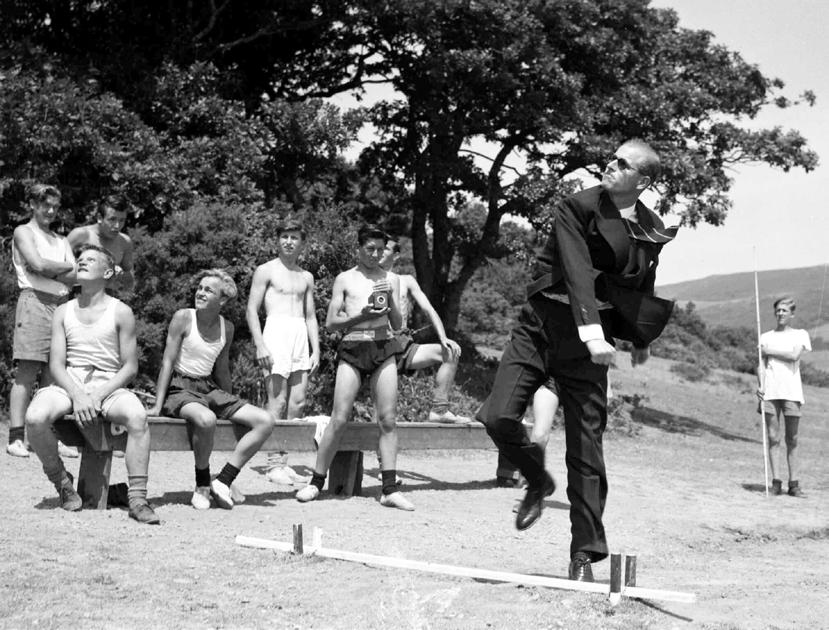
growing-up kit’. His own childhood was difficult, marred with tragedy with the death of one of his beloved sisters and her family. With an uncertain, nomadic existence after his mother’s illness and father’s infidelity, young Philip was shunted between family members. The ethos behind the DofE Award scheme is to give young people a chance, extending their horizons beyond the academic, teaching them responsibilities and self-reliance.
The same qualities and skills that Philip learnt at Gordonstoun enabled him to join the Royal Navy at age 17. His interest in all things nautical was piqued when he was taught to sail at Hopeman Habour on the coast of the Moray Firth in the Scottish Highlands, he subsequently incorporated this into the DofE Award, along with hikes and expeditions. Philip served in the Royal Navy for 14 years, including during WWII, when he was Mentioned in Despatches for ‘bravery and enterprise’ in controlling the HMS Valiant’s searchlights, resulting in victory over the Italian Fleet at Cape Matapan in March 1941. He was eventually appointed First Lieutenant aboard the HMS Whelp and in September 1945 was present for the last act of WWII – the formal Japanese surrender in Tokyo Bay. Philip was promoted to Lieutenant
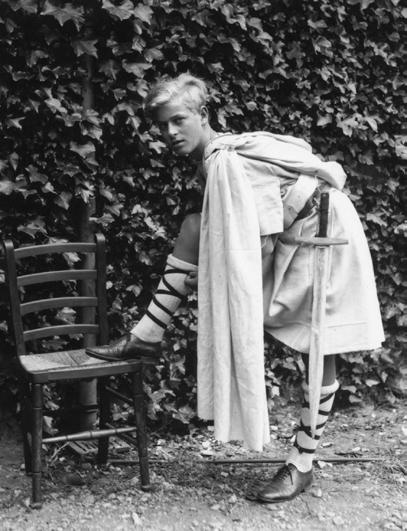
Tolerance is the one essential ingredient ... You can take it from me that the Queen has the quality of tolerance in abundance.
Commander in 1950 and commanded anti-submarine frigate HMS Magpie. He was known as Lieutenant Mountbatten, an Anglicised version of his mother’s name Battenberg.
It was the vital post-war rebuilding of Britain which contributed to Prince Philip’s passion for design. In 1959 he began a design recognition award, the Duke of Edinburgh’s Prize for Elegant Design, presented by himself annually until 2011. As a visionary, he became involved with designing the Royal Yacht Britannia, combining his love of the sea with his passion for design. He preferred a hands-on approach, as proved decades later when he assisted in modifying his favourite iconic British brand, the Land Rover, into a hearse for his final journey to St. George’s Chapel at Windsor Castle.

As an ambassador for the crown, Prince Philip saw his royal duties as sacrosanct and his greatest achievement. Because of this role, he visited the far reaches of the Commonwealth and witnessed some of Earth’s wildest places. His travels helped to develop his interest in photography and nature and he evolved into a conservationist. One of the cofounders, and the first president of the World Wildlife Fund, he spread the word amongst world leaders and communities about a looming environmental crisis, attending meetings, warning about the ramifications of slow progress, he was known as a forward thinker with his own ideas. He narrated the television programme, Survival Special: The Enchanted Isles (1967). This was not his only foray into broadcasting, it was at Philip’s behest that the

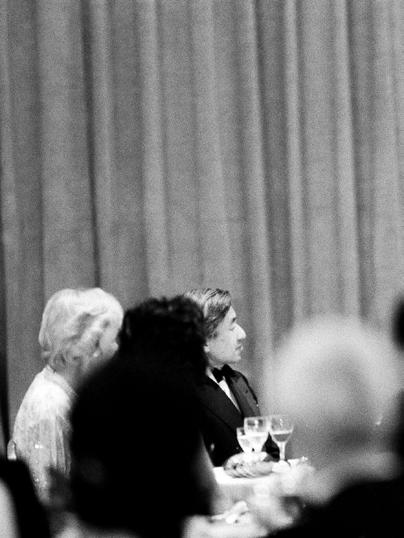

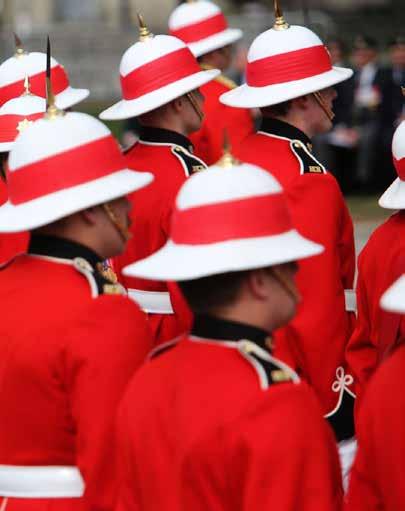
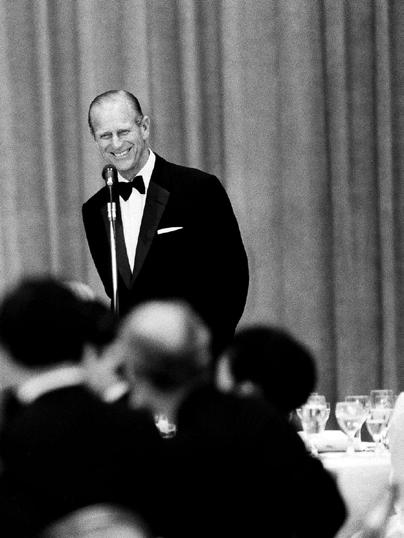
Getty Images Photo by Fiona Hanson
Everyone has to have a sense of duty. A duty to society, to their family. I mean, you name it.
1953 coronation was televised. A radical idea at the time but it gave Her Majesty’s subjects access to a centuries-old tradition through a new medium.
As well as being a practical man, Philip had creative pursuits too, he cultivated a private passion for painting, and although ill health forced him to bid farewell to public life at 96, he was still carriage driving until his final days. It was his endless energy and zest that people gravitated towards, seeking his counsel, encouragement and guidance, appreciating his straightforward and direct approach. He was a practical joker with a risqué sense of humour, enabling him to engage with crowds and put people at ease. Over his lifetime Prince Philip was patron of a multitude of charities, involved with a plethora of organisations and completed over 22,000 solo engagements, but it was his devoted role as consort, husband and father that he saw as his most honoured accomplishment.






